How are NATO's frontline nations working together — and apart — to counter Russia?
From bunker borders to massive troop buildups, Europe's premier military alliance is already preparing for Putin's next move

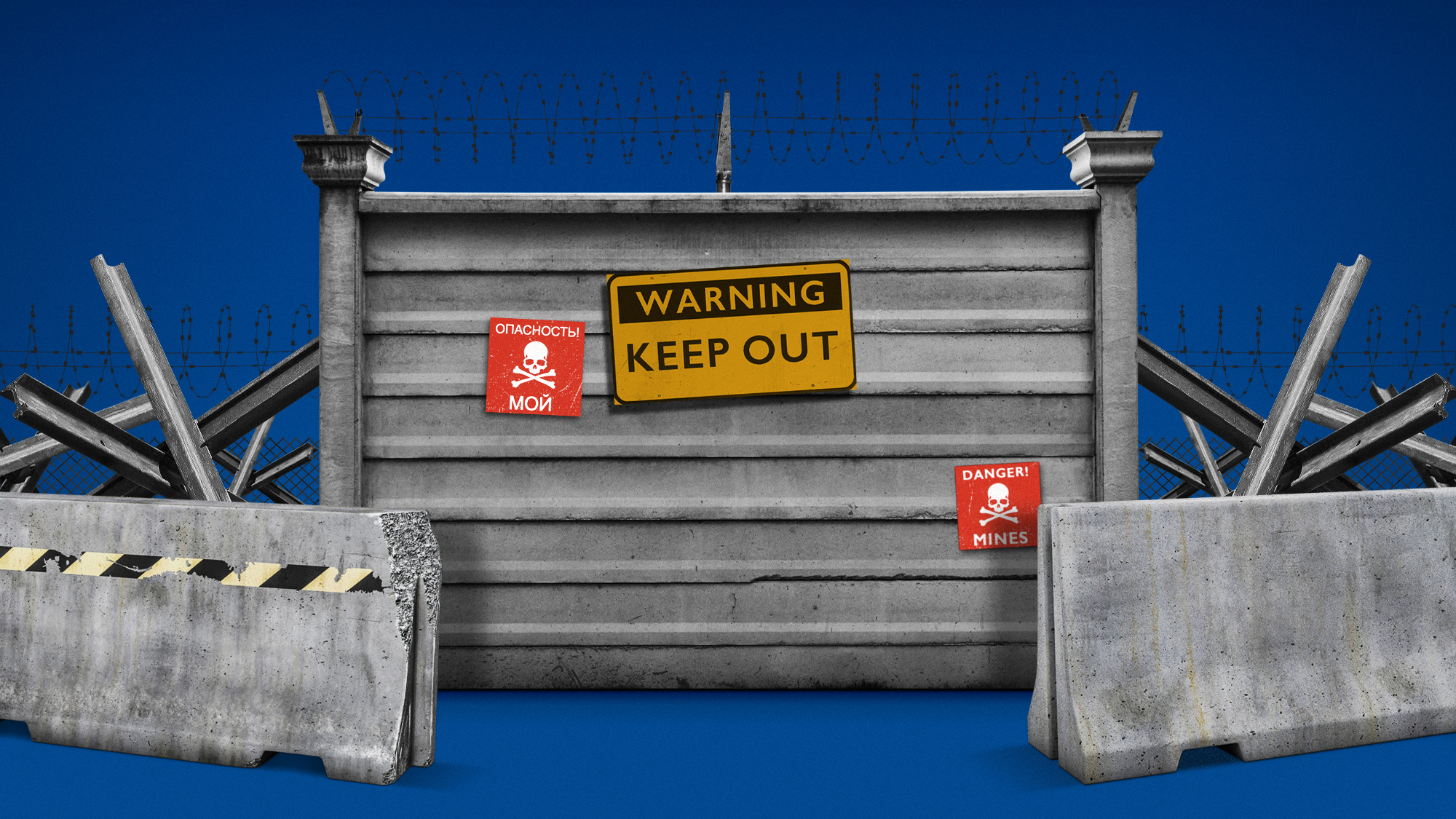
When Russian President Vladimir Putin invaded Ukraine in 2022, he justified his war as a means of reunifying historical Kievan Rus'. As the war drags on into its third year, however, a different sort of geopolitical polarization has taken place — not a reunification, exactly, but a reaffirmation of the nearly century-old North Atlantic Treaty Organization, or NATO, the alliance of primarily European countries which worked to keep Russian expansion in check throughout the Cold War.
Over the past few years, NATO has become the backbone of Western support for Ukraine as it fends off Russia's advances. It has also expanded its roster of member nations to include Finland, and is moving toward adding Ukraine and several other countries in the future.
Now, as Russia and Ukraine continue to launch and repel attacks across their shared border, a number of similarly proximal NATO states have begun fortifying their own Russia-facing fronts in response to Putin's active bellicosity and the broader sense of preemptive necessity. Sometimes working in consort, other times simply engaging in contemporaneous preparation for a shared potential future, these NATO nations are getting ready for anything Russia might someday throw at them.
The Week
Escape your echo chamber. Get the facts behind the news, plus analysis from multiple perspectives.

Sign up for The Week's Free Newsletters
From our morning news briefing to a weekly Good News Newsletter, get the best of The Week delivered directly to your inbox.
From our morning news briefing to a weekly Good News Newsletter, get the best of The Week delivered directly to your inbox.
What did the commentators say?
Finland, with its long and storied history of Russian and Soviet repulsion, is "in a better condition than most of the other 28 European alliance members" when it comes to preparing for future conflicts to its east, Finnish Institute of International Affairs fellow Minna Alander said to The Times UK, highlighting the effectiveness of Finland's ongoing revival of its WWII-era military procurement plans. While it is the newest NATO state, Finland has spent the past several decades operating "not based on the wrongheaded assumption" that the threat of a post-Soviet Russia would ebb, but instead expecting its neighbor would "deviate back to its historic norm" of regional bullying and expansion. In this, Finland is an "encouraging example" for European nations who may once have ignored their "country cousins."
Like Finland, nearby Estonia is also bracing for potential future conflict, predicting that Russia "intends to double the number of its troops stationed along its border" with the Baltic state and its neighbors, said the Financial Times. To that end, the Estonian foreign intelligence service's Kaupo Rosin has called for NATO members to "deter Russia by stepping up their military spending," saying it could "influence the Russian calculation." Working with its Baltic neighbors Latvia and Lithuania, Estonia has begun bolstering the "most militarily exposed section of NATO's eastern flank" by constructing "well over 1,000 concrete bunkers on the three countries' borders with Russia," The Times UK said.
Prompted by Russia's invasion of Ukraine, famously neutral Sweden embarked on a "once-in-a-lifetime political swerve" by applying to join NATO shortly after the war began, Foreign Policy said earlier this month, with Sweden and NATO both "hoping that swerve will give the Russians pause." While still not an official member state yet, Sweden has already begun limited use of Link 22, "a secure digital radio system that ties together NATO planes and ships," in the hopes of being the group's "eyes and ears in the region."
Poland, meanwhile, has continued to rapidly expand its military capacity, hoping to double its armed forces to "comfortably" become "NATO's largest land army in Europe," said The Times UK, which noted that GDP to defense spending ratio is poised to become the highest in the organization as well.
A free daily email with the biggest news stories of the day – and the best features from TheWeek.com
What next?
Although Russia has, for now, remained focused militarily on the Ukrainian front, it has increased the tenor of its saber-rattling toward other European nations, including most recently placing Estonian Prime Minister Kaja Kallas on a wanted list, widely believed to be in response to Estonia's removal of various Soviet monuments. The move is "the first time the Kremlin has sought criminal charges against a foreign leader" since the war with Ukraine began, the Financial Times said.
At the same time, Republican presidential candidate Donald Trump shocked experts this week by encouraging Russia to "do whatever the hell they want" to any NATO country that doesn't fulfill its financial membership obligations.
Rafi Schwartz has worked as a politics writer at The Week since 2022, where he covers elections, Congress and the White House. He was previously a contributing writer with Mic focusing largely on politics, a senior writer with Splinter News, a staff writer for Fusion's news lab, and the managing editor of Heeb Magazine, a Jewish life and culture publication. Rafi's work has appeared in Rolling Stone, GOOD and The Forward, among others.
-
 7 bars with comforting cocktails and great hospitality
7 bars with comforting cocktails and great hospitalitythe week recommends Winter is a fine time for going out and drinking up
-
 7 recipes that meet you wherever you are during winter
7 recipes that meet you wherever you are during winterthe week recommends Low-key January and decadent holiday eating are all accounted for
-
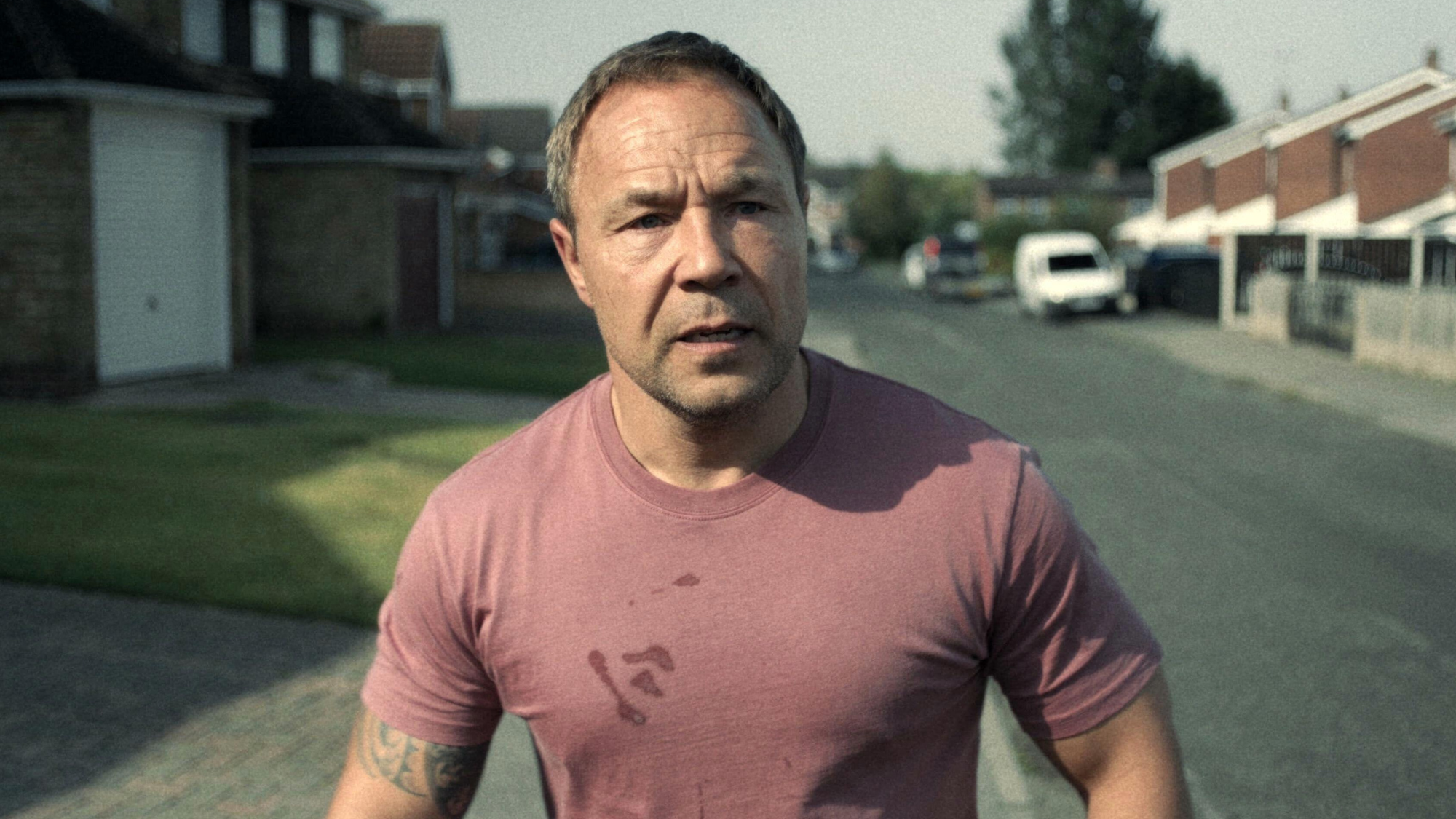 Nine best TV shows of the year
Nine best TV shows of the yearThe Week Recommends From Adolescence to Amandaland
-
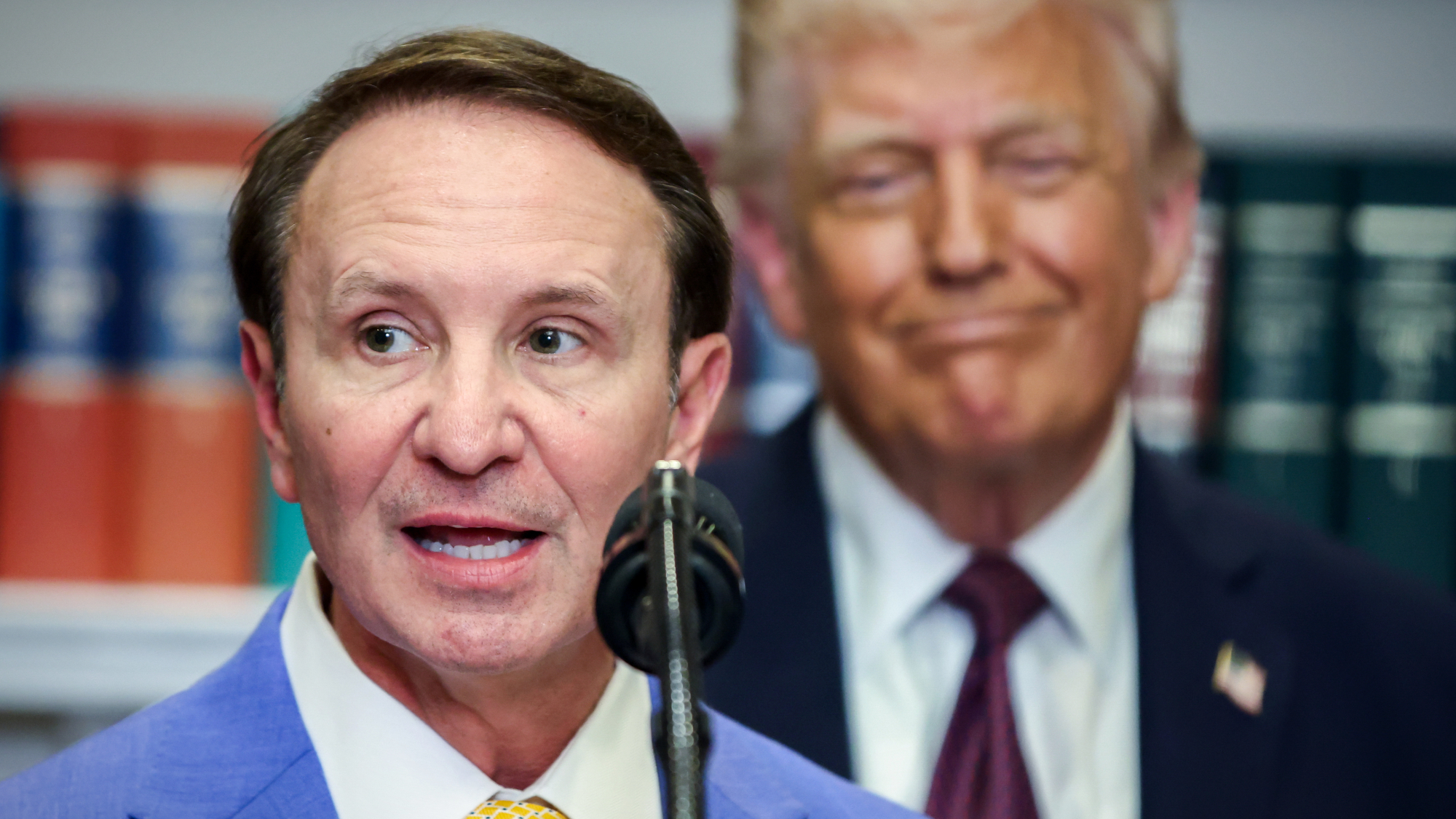 Danes ‘outraged’ at revived Trump Greenland push
Danes ‘outraged’ at revived Trump Greenland pushSpeed Read
-
 Why, really, is Trump going after Venezuela?
Why, really, is Trump going after Venezuela?Talking Points It might be oil, rare minerals or Putin
-
 Why does Trump want to reclassify marijuana?
Why does Trump want to reclassify marijuana?Today's Big Question Nearly two-thirds of Americans want legalization
-
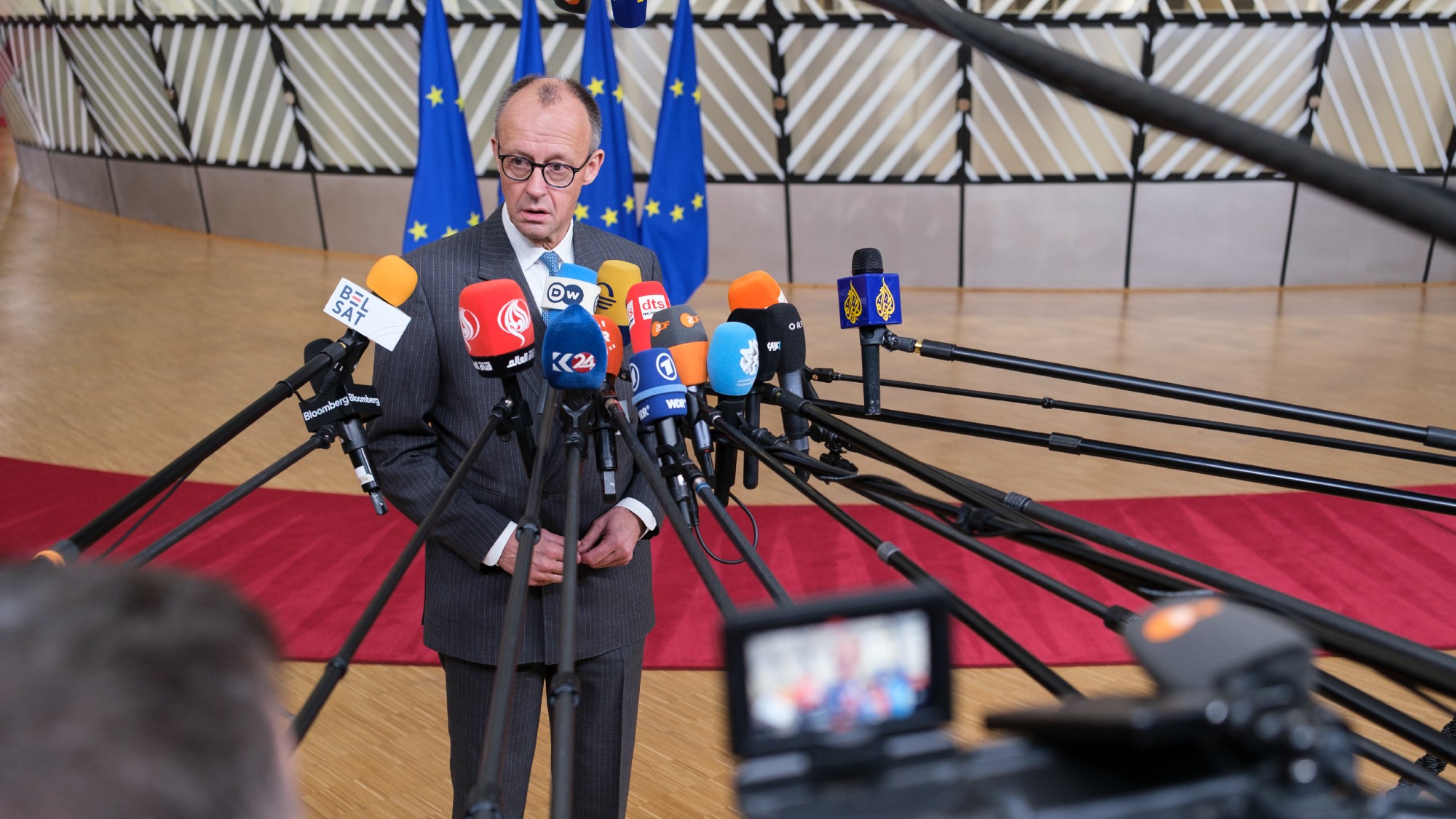 Who is paying for Europe’s €90bn Ukraine loan?
Who is paying for Europe’s €90bn Ukraine loan?Today’s Big Question Kyiv secures crucial funding but the EU ‘blinked’ at the chance to strike a bold blow against Russia
-
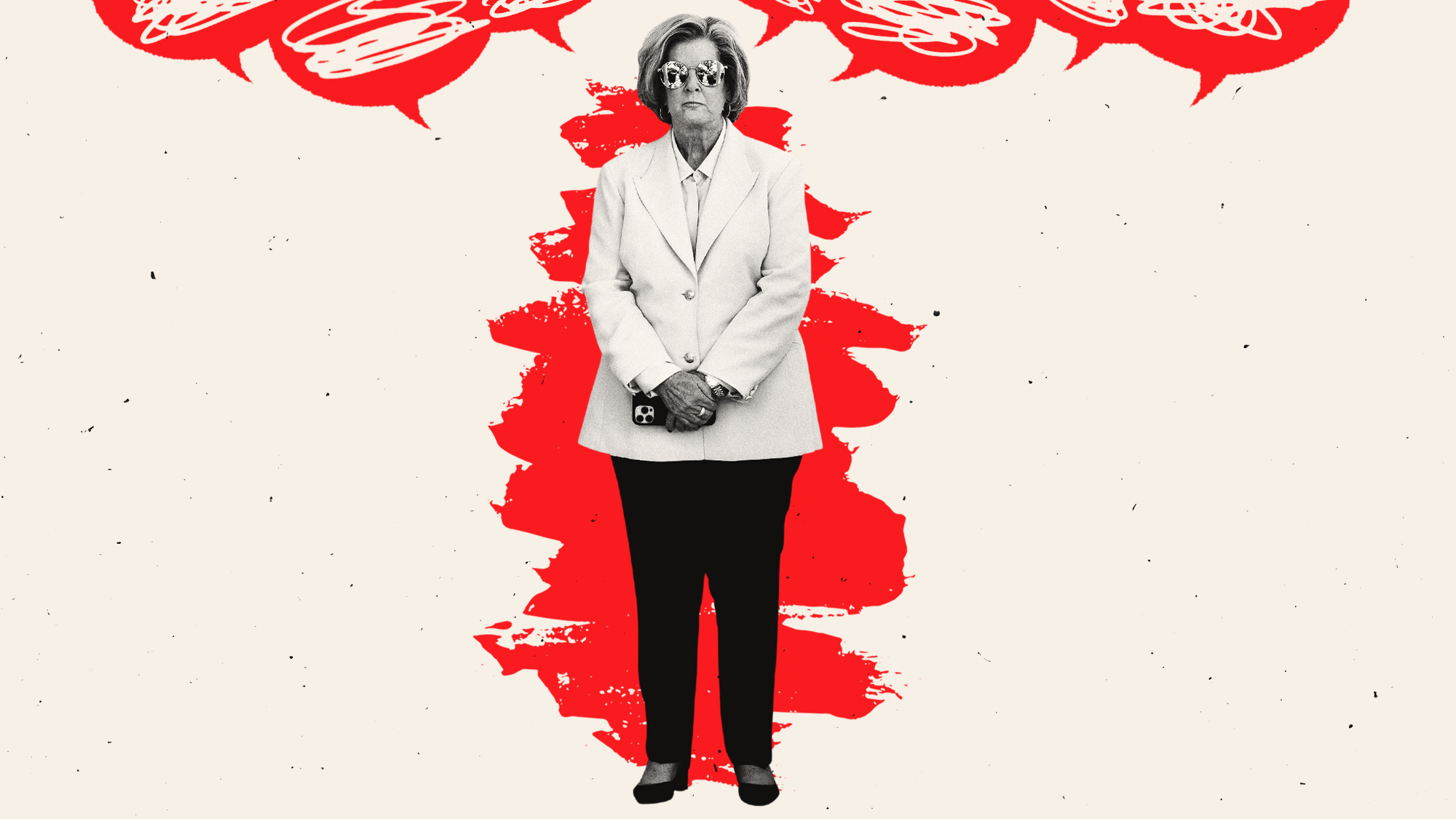 Why does White House Chief of Staff Susie Wiles have MAGA in a panic?
Why does White House Chief of Staff Susie Wiles have MAGA in a panic?TODAY’S BIG QUESTION Trump’s all-powerful gatekeeper is at the center of a MAGA firestorm that could shift the trajectory of the administration
-
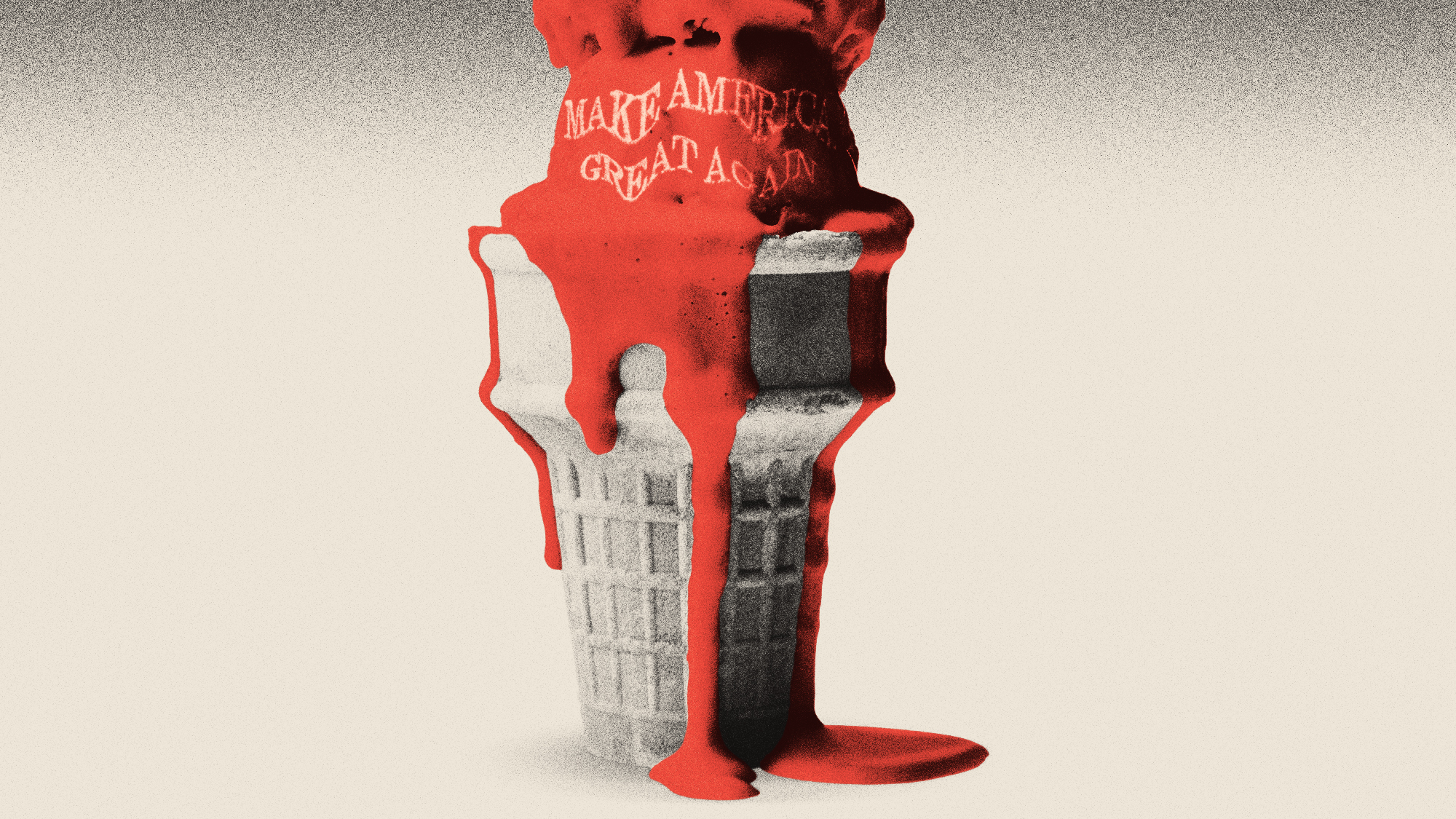 Is MAGA melting down?
Is MAGA melting down?Today's Big Question Candace Owens, Tucker Carlson, Laura Loomer and more are feuding
-
 Trump wants to build out AI with a new ‘Tech Force’
Trump wants to build out AI with a new ‘Tech Force’The Explainer The administration is looking to add roughly 1,000 jobs
-
 How cryptocurrency is changing politics
How cryptocurrency is changing politicsIn The Spotlight From electoral campaigns to government investments, crypto is everywhere and looks like it’s here to stay
